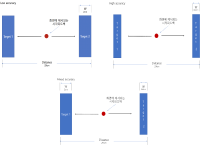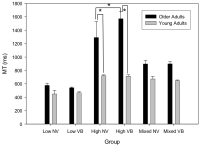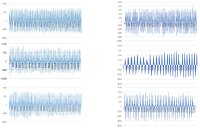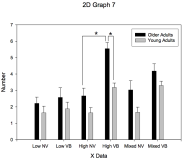
Purpose The purpose of the study was to investigate the effect of vibratory stimulus on the static postural control of 8 healty senior adults. Methods To achieve this goal, all subjects participated in two different kinds of static postural control tasks. Task 1 was a static postural control task, where both-legs stand on the ground. Second task was an unstable static postural control task using only single leg stance. As they maintain their balance, 6 different vibratory stimulus were provided on the sole of their feet(personal threshold 0%, 80%, 90%, 100%, 110%, 120%). Results The results of the study were as follows: First, there was no significant differences in postural control ability according to different types of vibrator intensity. Second, there was a significant difference in single-leg postural control ability according to vibrator intensity. Third, there was a significant difference in anterio-posterior stability according to the different types of vibrator intensity. Conclusion Stochastic resonance using vibratory stimulus was more effective in the single leg stance task, rather than the double leg stance task. Moreover, sub-threshold vibratory stimulus(80%, 90%) intensity were more effective than higher vibratory stimulus(100%, 110%, 120%).


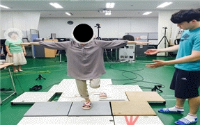


Purpose The present study was to investigate to extent that effects of sensory information distortion by muscle vibration on continuous limb movement in aging and accuracy constraint. Methods Young adult group (n=11) and older adult group (n=11) were divided. All participant were instructed to perform repetitive aiming movement to specified targets under three-accuracy constraints (i.e., low, high, and mixed accuracy constraints) in the vibration and no-vibration conditions. Kinematic data was collected by movement time and movement error frequence. Results The results showed that compared with young adult, older adult increased movement time when accuracy constraint was high under vibration condition. Older adult also was a high degree of movement errors than young adults when accuracy constraint was high under vibration condition. Conclusion The muscle vibration stimulation may influence considerably on the continuous limb movement probably due to degeneration in sensory information processing by aging.

